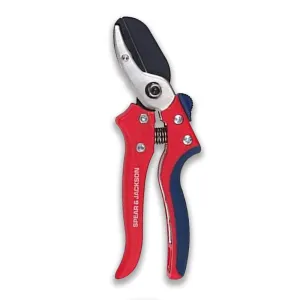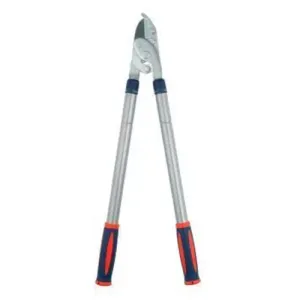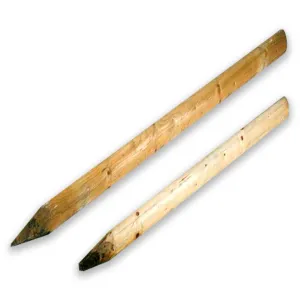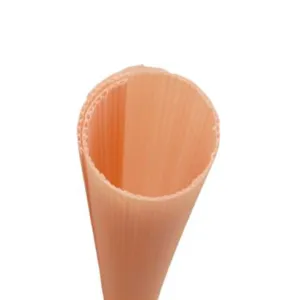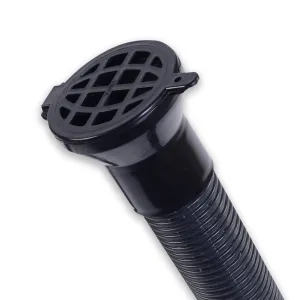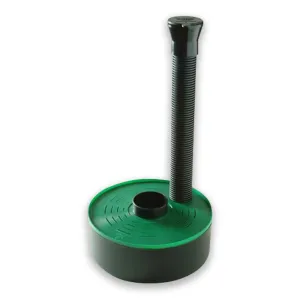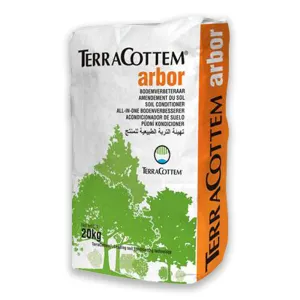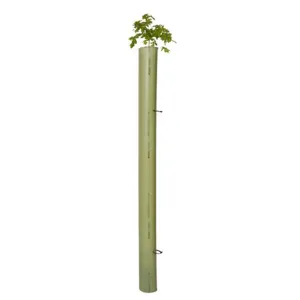You will need:
- Secateurs
- Loppers
- Pruning Saw
- Gloves
Ornamental trees don’t always need a huge amount of pruning. Hopefully the correct tree has been chosen for the site. All trees have different shapes and sizes. You can choose trees that will stay small e.g Prunus ‘Amanogawa’ which will only grow to a height of 8 metres or Amelanchier ‘Ballerina’ which will grow to a similar size. As a general rule most trees that are meant to grow tall do not respond well to being pruned harshly to keep their size restricted.
> Pruning will improve the structure of the tree and maintain a good, natural shape.
> Dangerous branches can be removed which could pose a threat to passers by.
> Overhanging trees can be an issue from your property so they will need to be pruned.
> An intrusive tree may be providing too much shade for your garden or house.
Tools Needed:
- Secateurs
- Pruning Saw
When To Prune an Ornamental Tree:
The best time to prune most deciduous trees is when they are dormant. Deciduous trees are the ones that loose their leaves in the winter. This is from Autumn until late Winter. Avoid pruning in the spring as a lot of trees can ‘bleed’ due to the movement of sap. The removal of branches also reduces the trees ability to photosynthesize which will add stress to the tree.
There are some exceptions such as Alder, Ash, Beech, Cherry, Elm, Hornbeam, Lime, Magnolia, Oak, Robinia, Sorbus, Whitebeam and Willow. These need to be pruned between late Spring and Summer as they bleed excessively. Some deciduous trees such as Horse chestnut do not respond well to pruning at all and it should be avoided.
Evergreen trees do not tend to require pruning. Trees such as Holly and Yew will tolerate some pruning. Other trees such as Spruce and Cedar should only be pruned very lightly in Winter.
How To Prune an Ornamental Tree?
First of all, take a look at the tree from a distance and judge the overall shape and the natural habit. The first branches or stems to remove are the dead, damaged or diseased ones. You can remove them with either secateurs, loppers or a pruning saw depending on the thickness. If you are removing diseased wood, it is always a good idea to disinfect your cutting tools between cuts. The removed material should then be placed in a bag and disposed of. This will help prevent the spread of disease to other parts of the tree, or other trees. These branches or stems need to be cut back to healthy, disease free wood and preferably down to a bud or side shoot.
Any branches that are very congested, crossing or rubbing need to be thinned out. When branches rub against eachother wounds can be created which leaves the tree susceptible to pests and diseases. The damaged wood can be cut out and some of the other branches can be taken out to open up the canopy.
When you are removing any large branches with a pruning saw you need to begin by making an undercut approximately 20-30cm from the trunk. You can then make a cut above to allow the branch to fall cleanly without tearing and damaging the tree. A messy wound will invite infection.
To finish the removal, you need to make one more undercut just outside the collar of the branch, followed by an overcut to join it. You should leave the final cut angled so rain water and moisture will run off.
Next any smaller branches from the trunk can be removed. They can be pruned back to create a clear trunk up to the canopy of the tree. The canopy is where the trunk ends, and the main branches start. Some trees have a lower canopy than others but still can be pruned so that the stem is clear.
When removing these stems do not cut close to the trunk. There is a collar of ridged wood where the branch joins the stem. This is an area where the tree can heal particularly well. Make your cut on the other side of this collar so that the tree can heal and protect itself from infection.
Some trees are grown as multi stemmed trees. These require little pruning at they do not have one single stem. Some of the branches can be thinned out if the canopy is too crowded. Any dead, damaged or diseased wood needs to be removed as any other deciduous tree.




